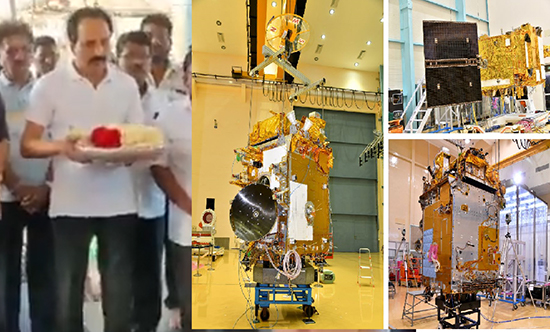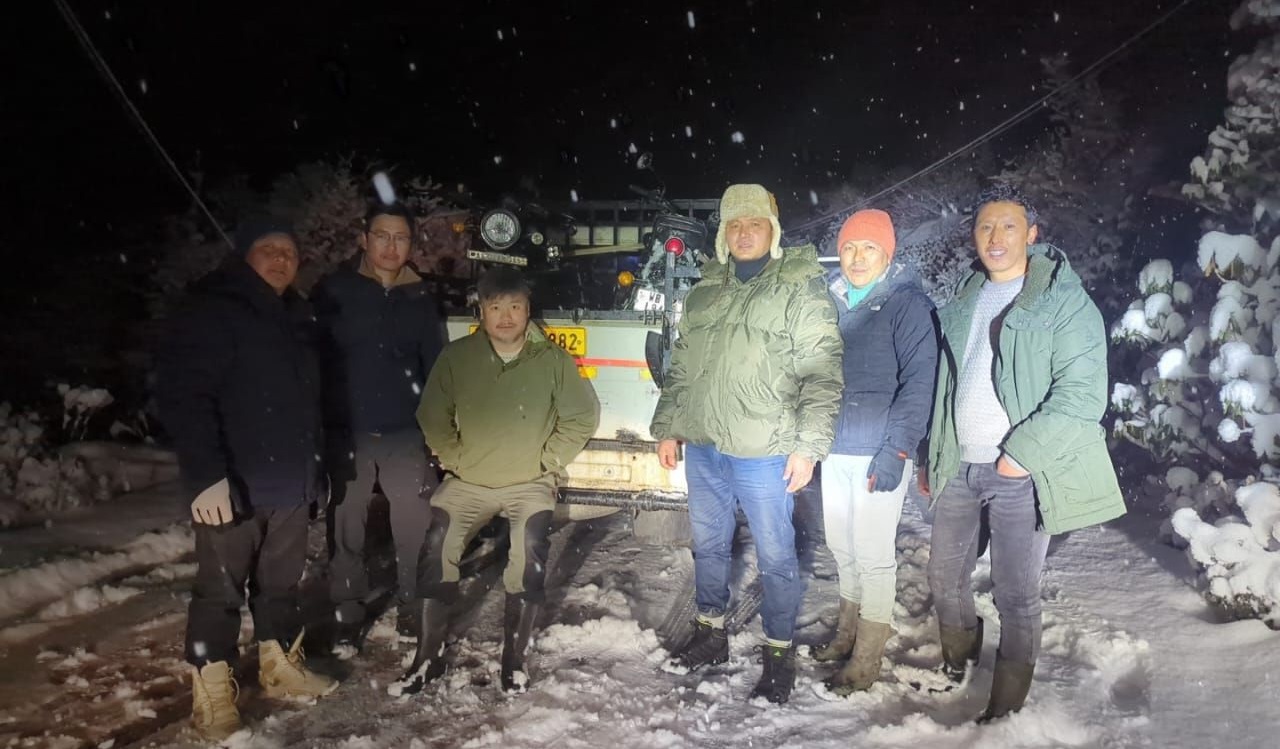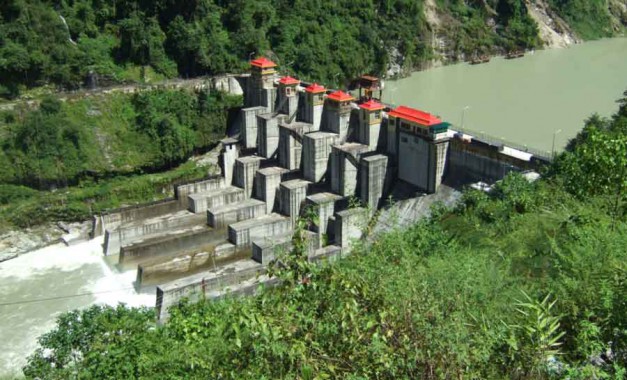
Andhra Pradesh, 1 Sep : S Somanath, the Chairman of ISRO (Indian Space Research Organization), offered prayers at the Chengalamma Parameshwari Temple in the Tirupati district. This spiritual visit preceded the launch of the Aditya-L1 Mission, India’s inaugural solar mission. The Aditya-L1 Mission is set to take off on September 2 at 11.50 am from the Sriharikota spaceport in Andhra Pradesh.
The spacecraft’s destination is a halo orbit encompassing Lagrange point 1 (L1) within the Sun-Earth system, situated approximately 1.5 million kilometers away from Earth.
Aditya-L1 will mark a historic milestone as India’s first space-based mission dedicated to studying the Sun. Placing the spacecraft within a halo orbit around the L1 point offers a significant advantage. It enables continuous observation of the Sun without any interruptions caused by occultation or eclipses. This, in turn, provides a distinct advantage in monitoring real-time solar activities and their impact on space weather.
“Following the launch, there will be a 125-day journey from Earth to reach Lagrange point 1 (L1). We’ll need to patiently await that moment,” Somnath remarked.
The primary objective of the Aditya-L1 mission is to investigate the Sun while orbiting L1. It will carry a total of seven specialized payloads, each serving a unique purpose. These instruments will facilitate the observation of various aspects of the Sun, encompassing the photosphere, chromosphere, and the outermost layers, such as the corona, each through distinct wavebands.
The spacecraft houses seven payloads designed for the observation of the photosphere, chromosphere, and the outermost layers of the Sun, including the corona. These observations will be conducted using electromagnetic, particle, and magnetic field detectors.
Thanks to its strategic positioning at L1, four of the payloads are capable of directly observing the Sun, while the remaining three focus on in-situ studies of particles and fields at Lagrange point L1. This approach enables crucial scientific investigations into solar dynamics’ propagation within the interplanetary medium.
The Aditya L1 payloads are expected to provide invaluable information to comprehend various phenomena, including coronal heating, coronal mass ejection, pre-flare and flare activities, the dynamics of space weather, and the propagation of particles and fields, among others.






